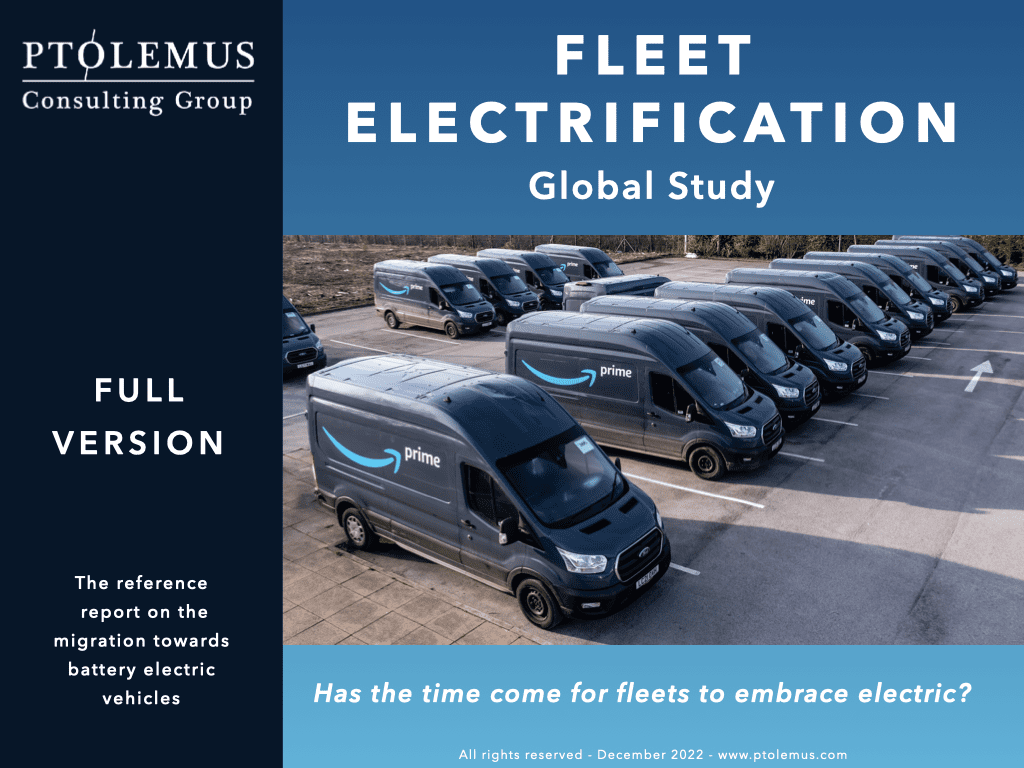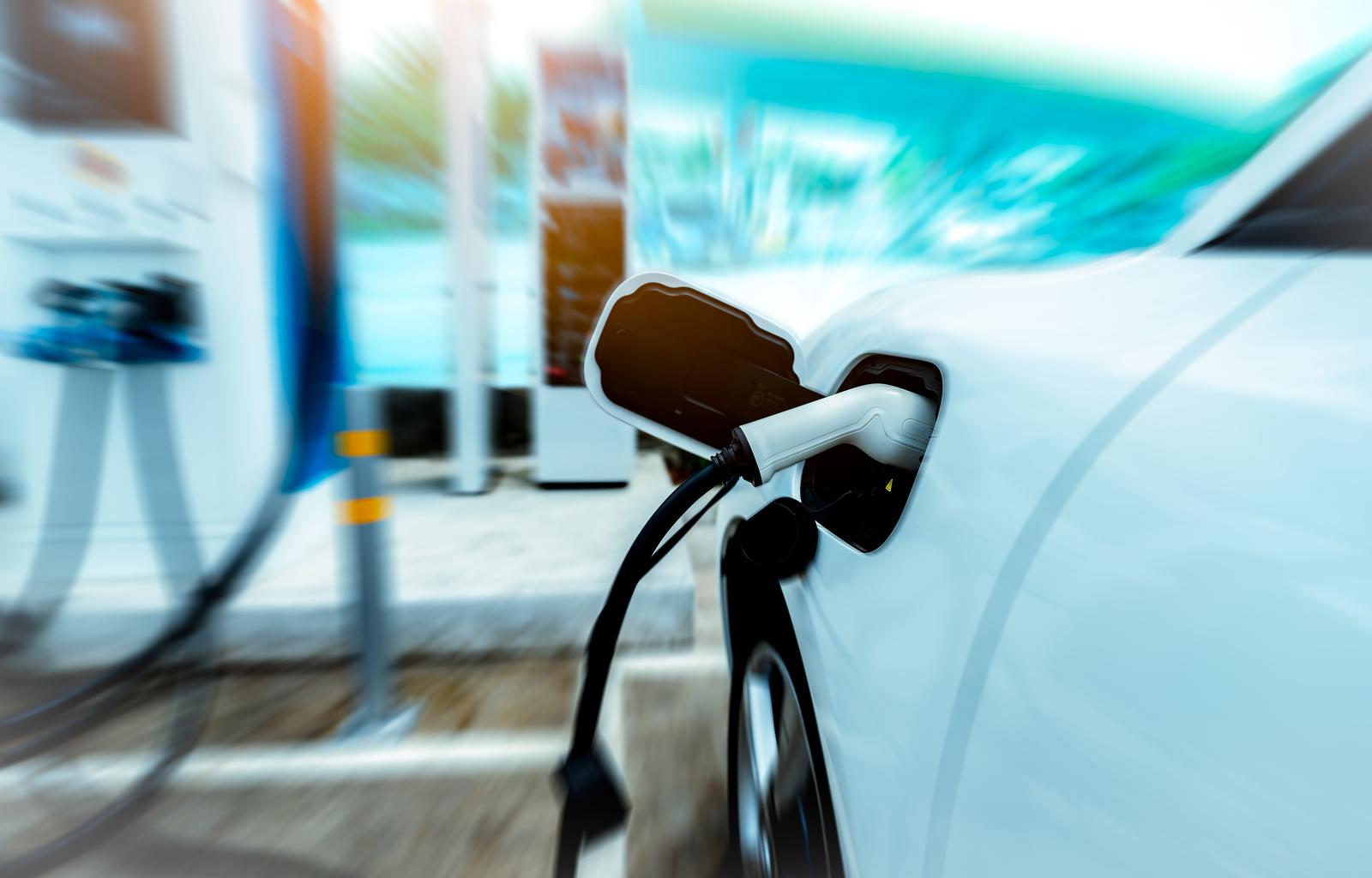Will Vehicle-to-Grid use lead to battery degradation?

Vehicle-to-grid (V2G) is the paramount solution considered to reduce charging costs related to EV fleets. In V2G technologies, EVs in an idle position can transfer back power from batteries to the grid. V2G is particularly useful when an area/ region is suffering from peak electricity demand as V2G can provide power back to the grid to reduce strain on the grid. This technology will also save fleet managers a considerable amount of cash back as units (kWh) of electricity returned to the grid and will lead to lower bills from utility providers.
According to an estimate, fleet managers can save €870-€1,460 per year. OEMs such as Nissan, Hyundai and Volkswagen are now introducing models that have the capacity to accommodate V2G. The diagram below gives us a presentation of V2G works in real life.
How Vehicle-to-grid works

In real-world dynamics, power can be generated from clean (wind, solar etc.) or unclean sources (oil, gas etc) source. These sources in turn provide power to the grid run by independent or state-owned authorities. Ideally, EVs should charge in non-peak hours and transmit back power back in peak hours. Charge points are fitted with inverters that can shift incoming AC power to DC power.
Which fleets would V2G benefit the most
V2G is ideal for EVs which have large-size batteries and high idle time. Electric school buses have considerable idle time coupled with large batteries. These can be ideal for V2G. In the US, there are many V2G programs that target school electric buses as ideal vehicles for the propulsion of this technology. It would be least beneficial to long-haul EVs (electric trucks and electric buses) as they have low idle time and large batteries.
Is V2G detrimental to batteries?
There is a divergent view among scientists regarding the impact of V2G on batteries. There are strata of researchers who favor V2G and others against it. The University of Hawaii conducted a study in 2017 which showed results against V2G. This study showed that unmanaged charge and discharge patterns by V2G puts strain on the battery cell resulting in a loss of battery capacity. According to the researchers, using V2G two times a day, can lead to 75% capacity reduction in the long term (5 years). Whereas, using V2G daily could lead to a battery capacity reduction of 33%.
On the contrary, the University of Warwick in 2017 conducted a study that showed the managed use of V2G could control battery degradation. It was learnt that managed V2G is better than calendar ageing of the batteries. Battery degradation can be harmful to EV fleets such as low driving range and reduced residual value in long term.
Telematics companies could play a role in this regard. These companies can develop software that can detect how much a battery can sustain V2G without degradation. Hence, schedule and power could be allocated to use V2G so it does not harm the fleet.
We can conclude that V2G battery is more useful for particular fleets such as school electric buses in comparison to other fleets. If V2G is not managed, it can also lead to battery degradation. Fleet managers have to be careful in how they use this technology. Unregulated V2G can bring decreased range and low residual value for EVs in the long run. Unmanaged V2G can also lead to a decrease in residual value. Hence, there should be a smart way to adopt V2G which can be achieved with advanced software and telematics.

